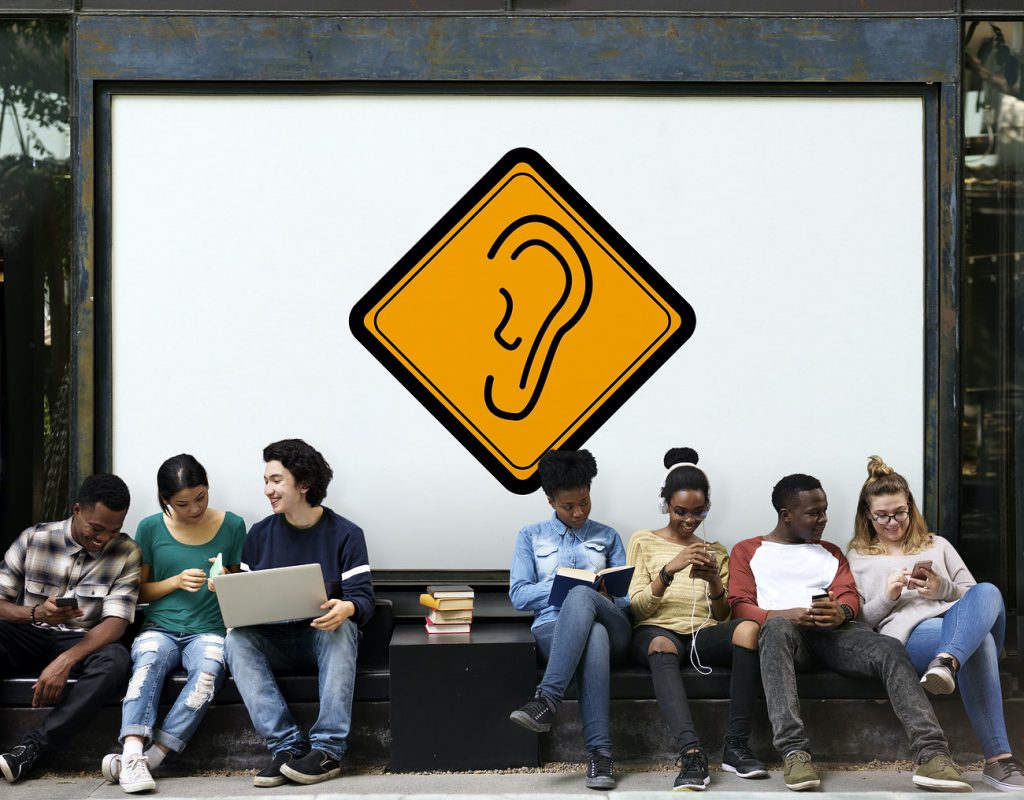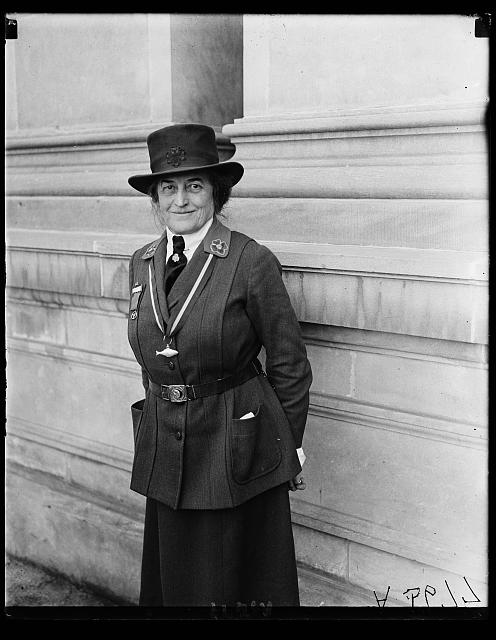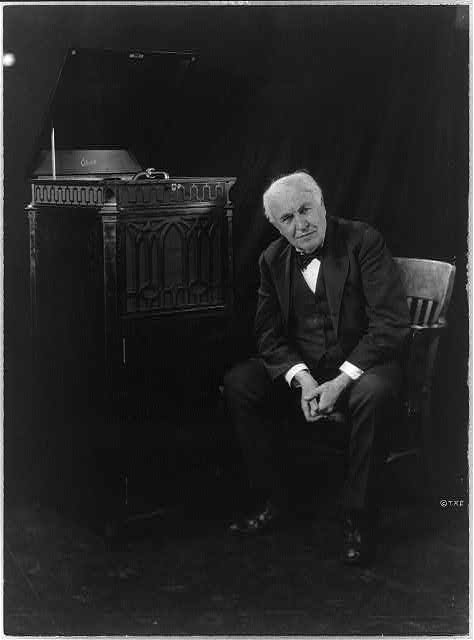You may or may not know that National Deaf History Month is celebrated from March 13 to April 15. This time is used to highlight and celebrate all the accomplishments of those who are deaf and hard of hearing.

This month of celebration was specifically organized for March through April to be in line with certain important milestones in American history, specific to the Deaf community. On March 13, 1988, there was a Deaf President Now protest, on April 8, 1864, President Abraham Lincoln signed the Gallaudet University charter and on April 15, 1817, the American School for the Deaf in Hartford, CT was established as the first permanent public school for the deaf.
At HMNS we celebrate science, diversity, and discovery daily and love a good opportunity to talk about some pretty amazing science-minded people! As we wrap up Deaf History Month, let’s take a look at some of the fascinating accomplishments of deaf scientists, engineers, and educators and all that they’ve created and discovered.

The founder of Girl Scouts, a group highly valued and celebrated here at the museum, was actually hard of hearing. Juliette Gordon Low was born in 1860 and founded Girl Scouts of the USA in 1912 after enduring multiple ear injuries as a child that resulted in near-total hearing loss. Beginning with her first troop of 18 girls, Low stood up against racism, sexism, ableism, and other forms of bias by uniting young women from diverse cultural, racial, ability, and socioeconomic backgrounds.
Being the Houston Museum of Natural Science, we naturally want to highlight scientists who have helped expand our knowledge of fossils! Leo Lesquereux, an American Paleobotanist who was deaf, identified and described over 900 species of fossilized mosses. Thanks for the “moss” of knowledge, Leo! (Excuse the terrible pun.)
Another “superstar” scientist was Annie Jump Cannon, a deaf astronomer. She was the Dean of Women Astronomers and classified 1/3 of a million stars. Her work in cataloging stars set the precedent for our more modern star classification system today.

Thomas Edison, most famously credited as the inventor of the lightbulb, was very hard of hearing. He is said to credit his success to his loss of hearing because it helps him to keep diligent notes and write everything down! Not only did Edison greatly improve the invention of the lightbulb, but he also invented the phonograph, or the motion picture camera, among many other things!
This is just a minuscule glimpse into the historical accomplishments of the deaf community, but we also want to celebrate the deaf community today! To learn more, spread awareness, and celebrate the deaf community, you can support deaf businesses, donate to deaf-based charities, volunteer with deaf organizations, and encourage, advocate, and promote deaf people as one-of-a-kind, because that is what they are!
Resources:
Editors Note: Did you know? HMNS offers ASL interpretation upon request. If our institution doesn’t meet a particular need of the community, we’d love to hear from you so we can welcome you in a better way!






